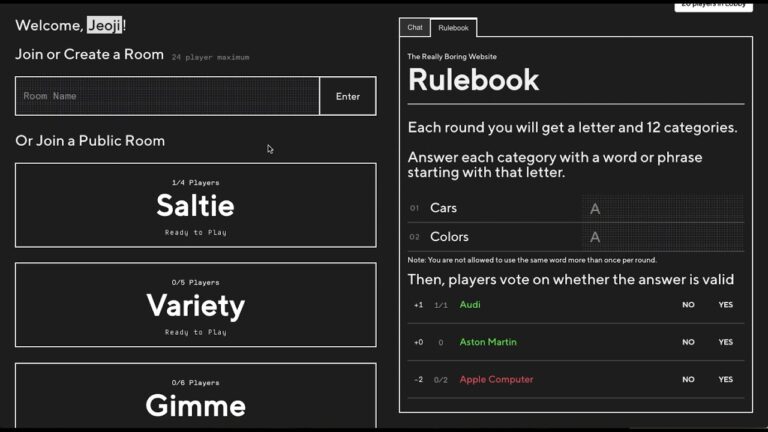In today’s digital age, having a compelling online presence is essential for artists to showcase their work, connect with a global audience, and attract potential buyers. An artist website serves as a virtual portfolio, allowing you to share your creations, tell your story, and establish yourself as a professional in the art world. This comprehensive guide will walk you through the process of creating a captivating artist website that captures attention and leaves a lasting impression.
Table of Contents
- Introduction
- Choosing a Domain Name
- Selecting a Website Platform
- Designing Your Website Layout
- Showcasing Your Portfolio
- Crafting Compelling Artwork Descriptions
- Writing an Engaging Artist Bio
- Implementing an Online Store
- Integrating Social Media Links
- Optimizing for SEO
- Blogging about Your Art
- Collecting Visitor Feedback
- Sharing Your Creative Process
- Networking and Collaboration
- Conclusion
- FAQs
Introduction
In a world where the internet acts as a gateway to artistic exposure, an artist website provides a centralized hub for enthusiasts, collectors, and collaborators to explore your work. This guide will equip you with the knowledge and tools needed to build a website that not only showcases your artistry but also engages and converts visitors.
Choosing a Domain Name
Your domain name is your online identity. It should be memorable, reflective of your style, and easy to spell. Incorporate your name or a unique phrase related to your art. Make sure it’s available and register it through a reputable domain registrar.
Selecting a Website Platform
Opt for a user-friendly website platform such as WordPress, Wix, or Squarespace. These platforms offer customizable templates and features that cater to artists’ needs, even if you have minimal technical expertise.
Designing Your Website Layout
Your website’s design should be clean, intuitive, and visually appealing. Utilize a color scheme that complements your artwork and ensures readability. Arrange your navigation menu logically so visitors can explore with ease.
Showcasing Your Portfolio
Create separate galleries for different types of artwork, allowing visitors to navigate through your creations effortlessly. High-quality images are crucial – they should accurately represent your art’s colors, textures, and details.
Crafting Compelling Artwork Descriptions
For each piece of artwork, provide descriptions that go beyond dimensions and materials. Share the inspiration, emotions, or stories behind your creations. This personal touch can create a deeper connection with your audience.
Writing an Engaging Artist Bio
Your artist bio should convey your journey, influences, and artistic philosophy. Write in the first person to establish a personal connection with your readers. Incorporate anecdotes and experiences that highlight your uniqueness.
Implementing an Online Store
If you’re selling your art online, integrate an e-commerce platform. Organize your products by categories, set clear prices, and provide secure payment options. High-quality product images and detailed descriptions are essential.
Integrating Social Media Links
Connect your website to your social media accounts. This allows visitors to follow your artistic journey across different platforms, increasing your online visibility and engagement.
Optimizing for SEO
Utilize relevant keywords throughout your website’s content, including titles, descriptions, and blog posts. This improves your website’s visibility on search engines, making it easier for potential visitors to find you.
Blogging about Your Art
Maintain a blog to share insights about your creative process, art-related tips, and industry trends. Regular blogging not only keeps your audience engaged but also boosts your website’s SEO.
Collecting Visitor Feedback
Incorporate a feedback form or comments section where visitors can share their thoughts on your artwork. Constructive feedback can provide valuable insights and help you improve.
Sharing Your Creative Process
Consider showcasing your creative process through images, videos, or blog posts. This provides a glimpse into your artistic journey, allowing visitors to appreciate the effort behind each piece.
Networking and Collaboration
Use your website to connect with fellow artists, galleries, and potential collaborators. Networking can lead to exciting opportunities, exhibitions, and partnerships.
Conclusion
Your artist website is more than a digital portfolio – it’s a window into your creative soul. By following the steps in this guide, you’re on your way to establishing a captivating online presence that resonates with art enthusiasts worldwide.




